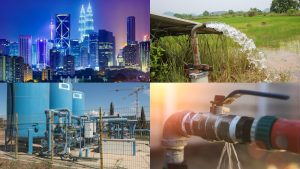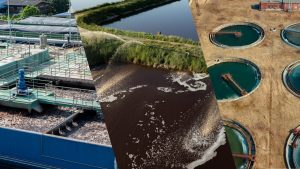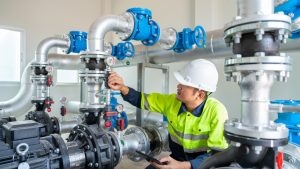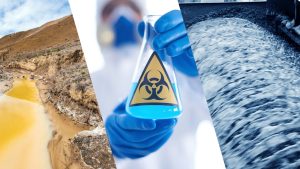The Somerset Dam is a vital pathway for Queensland’s water security. According to the news reports, this dam infrastructure faces a pressing need for an upgrade. This requires immediate action, as with a growing population and a changing climate, ensuring the dam’s efficiency and capacity are more crucial than ever. However, we know that traditional upgrade methods can be time-consuming and disruptive. This is where the power of innovation and new technology come in.
In this blog article, we explore the new technologies that can accelerate the Somerset Dam upgrade in Australia.
Somerset Dam Upgrade Overview
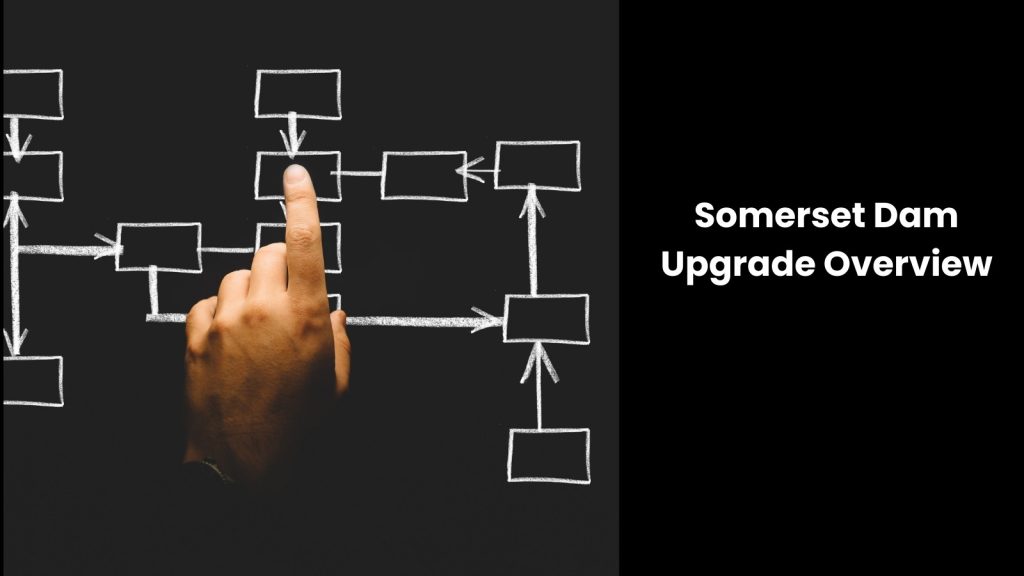
- Before going into further details, let us give you a rough idea of what is happening with Somerset Dam.
- The news about the Somerset dam improvement project may have caught your attention recently. This certain project has started its first stage to upgrade the dam to modern safety and design standards, ensuring long-term water security.
- Flying back to history, the Somerset Dam was built in 1959 and has become the backbone of Queensland’s water supply. According to the officials, this dam was built adhering to all the standards at the time. However, the engineering standards have improved with time, which makes the Somerset Dam require new upgrades.
- This is why the 2024–25 Queensland Budget has allocated $13 million for planning these upgrades. Initial works include removing the spillway gates, replacing eight sluice gates, and installing a drainage curtain.
- On the other hand, procurement for new hydraulic sluice gates is underway, with manufacturing expected to start in 2025.
- Queensland’s Water Minister, Glenn Butcher, recently emphasised the project’s importance for flood resilience and water security. The early works need to be kicked off right now, with major construction starting in 2025.
Key Technologies that Can be Employed to Accelerate Somerset Dam Upgrade

Predictive and Prescriptive Analytics
To accelerate the Somerset Dam Upgrade and ensure safety, the Australian authorities can use predictive and prescriptive analytics.
When it comes to predictive analytics, it helps us forecast future scenarios by analysing past data. They can use sensors to gather real-time information about water levels, weather patterns, and structural stress on the dam. After inputting this data into predictive models, the authorities can foresee potential issues like floods or structural weaknesses before they happen. For instance, we can predict heavy rainfall and adjust water release schedules to prevent overflow.
Next, prescriptive analytics provides actionable recommendations based on these predictions. Let us explain how this is done.
The responsible parties analyse the predictive data to suggest the best actions to take. For example, if predictive models show a high risk of flooding, prescriptive analytics can recommend immediate reinforcement of weak dam sections or preemptive water release strategies. This way, the project team can make informed decisions quickly, reducing delays and enhancing safety.
So, implementing these analytics is highly essential, and the project team should install advanced monitoring systems and use software that integrates predictive and prescriptive analytics. They need to train staff to interpret the data and follow the recommended actions.
Therefore, as you can see, using these analytics, Australian authorities can easily anticipate problems before they arise and act on expert recommendations. This will speed up the upgrade process while maintaining high safety standards when it comes to the Somerset Dam upgrade.
IoT
This is one of the key technologies to consider when executing the Somerset Dam upgrade. We will see why in the section below.
These IoT networks and the sensors embedded in them continuously collect data and send it to a central system, allowing engineers to monitor the dam’s condition closely. With IoT, authorities can detect potential problems early. For example, if sensors detect rising water levels due to heavy rain, the system can alert engineers to release water from the dam to prevent overflow. Similarly, if there is any structural weakness, sensors can detect changes and send alerts for immediate action. This real-time monitoring helps prevent emergencies and keeps the project on schedule.
Engineers can also use IoT data to optimise maintenance schedules. As it is possible to analyse the collected data, they can predict when parts of the dam will need repairs or replacements. This predictive maintenance reduces downtime and ensures the dam operates efficiently.
In another way, IoT technology also enhances communication. Engineers, project managers, and community members who are involved in the Somerset project can receive real-time updates and alerts on their devices. This constant flow of information keeps everyone informed and involved in the upgrade process.
This is why installing IoT sensors around the dam to monitor various factors like water levels, structural integrity, and weather conditions in real time will be a wise decision.
Artificial Intelligence
If accelerating the Somerset dam upgrade is the main concern, another technology that comes to rescue the authorities in Australia is undoubtedly AI.
AI helps by analysing vast amounts of data quickly and accurately. As we stated before, it is possible to gather data from sensors installed around the dam, which monitor water levels, weather conditions, and the dam’s structural health. AI processes this data in real time, identifying patterns and predicting potential issues like floods or structural failures.
AI can forecast future scenarios based on historical and current data. For example, if heavy rain is predicted, AI can recommend the best times to release water to prevent overflow. This wise approach helps manage water levels efficiently and safely. The best thing about AI is that it can detect small structural changes that might indicate weaknesses, allowing engineers to address these issues before they become serious problems.
On the other hand, AI also optimises Somerset Dam’s project management. It can schedule maintenance and construction tasks by analysing the project’s progress and predicting the best times for each activity. This reduces delays and ensures that the upgrade stays on track. AI can even suggest cost-saving measures by identifying the most efficient ways to use resources.
Not to mention that AI-powered systems can send real-time updates and alerts to engineers, project managers, and the community. This keeps everyone informed about the project’s status and any necessary actions.
As it is visible, every aspect becomes one unit by using AI.
Digital Twin
You already know that Digital Twin creates a virtual replica of the dam. This backup allows engineers to simulate and analyse the dam’s performance in real time.
However, it is vital to build the digital twin by collecting data from sensors placed on the dam. These sensors monitor factors like water levels, structural stress, and environmental conditions.
Using this digital model, engineers can run simulations to predict how the dam will respond to various scenarios, such as heavy rainfall or potential earthquakes. This helps identify potential issues before they occur, allowing for proactive maintenance and repairs. If the simulation shows a risk of flooding, the Somerset project’s engineers can adjust water release strategies to prevent overflow.
Digital Twin also aids in planning and executing upgrades more efficiently. Engineers can test different design options in the virtual model to see which one works best. This reduces trial-and-error in the real world, saving time and resources. As it helps visualise the impact of proposed changes, the project team can make informed decisions quickly.
We must not forget that all the parties involved can access the digital model to see the project’s progress and understand any necessary actions. This transparency keeps everyone informed and involved, ensuring smooth project execution.
Integrating AI with the Digital Twin further enhances its capabilities. AI can analyse data from the digital model to provide actionable insights and recommendations, speeding up decision-making.
Accelerating Somerset Dam Upgrade with Modern Tools
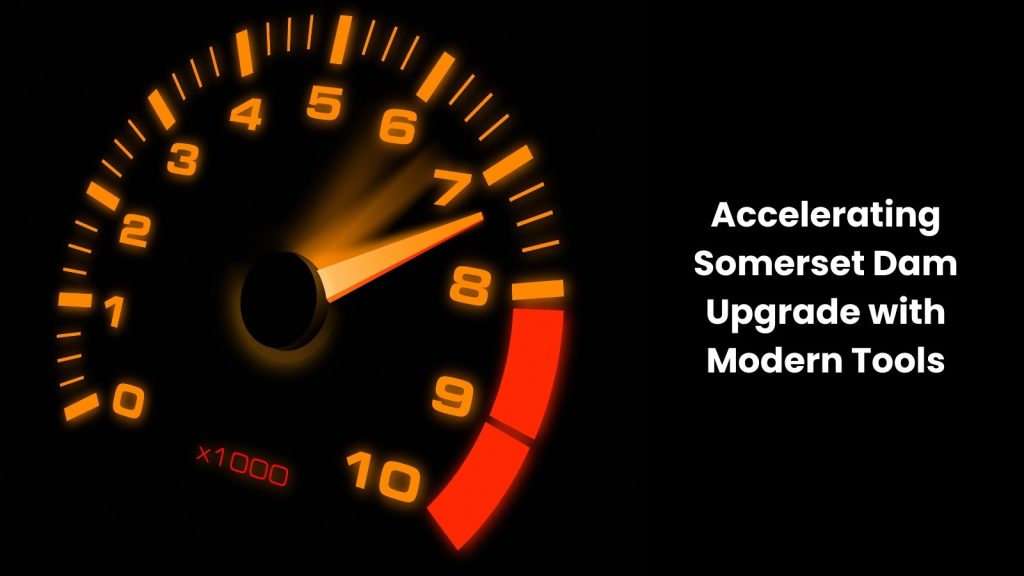
As you can see, it is not easy to execute such a complicated upgrade project without proper tools and technologies. With the right elements, the upgrade can be streamlined and completed without unnecessary delays.

